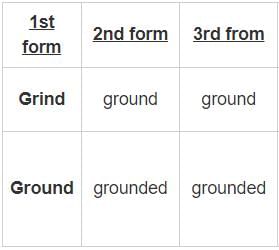Indian Air Force Agniveer Science Subject Mock Test - 3 - Indian Air Force Agniveer Vayu MCQ
30 Questions MCQ Test Indian Air Force Agniveer Vayu Group X Mock Test Series 2025 - Indian Air Force Agniveer Science Subject Mock Test - 3
A ball is thrown vertically upwards with a velocity of 20 m s-1 from the top of a multistorey building of 25 m high. the time taken by the ball to reach the ground is
An engine pumps water continuously through a hose. Water leaves the hose with a velocity v and m is the mass per unit length of the water jet. What is the rate at which kinetic energy is imparted to water? [2009]
A solid cylinder of 200g and radius 10 cm has a moment of inertia (about its natural axis)
The gravitational force on a body of mass m at a distance r from the centre of the Earth for r < R, where R is the radius of Earth, is proportional to:
Refrigerator transfers heat from the cold cooling coils to warm surroundings, which law of thermodynamics favour this process
Which of the following statements is true about the relation between electric field and potential?
Potentiometer measures the potential difference more accurately than a voltmeter, because
When a bar magnet is pushed towards the coil connected in series with a galvanometer, the pointer in the galvanometer G
Light from a bulb is falling on a wooden table but no photo electrons are emitted as
Half-lives of two radioactive substances A and B are respectively 20 minutes and 40 minutes.Initially, the samples of A and B have equalnumber of nuclei. After 80 minutes the ratio ofremaining numbers of A and B nuclei is [1998]
A semiconductor is formed by:
A p- type semiconductor can be obtained by adding
The value of tan 20 × tan 40 × tan 80 is
What is the value of sin 35θ – sin55θ?
The value of  is given by
is given by
The largest coefficient in the expansion of (1+x)24 is:
The next term of the sequence, 2, 6, 12, 20, …..is
The area of the loop between the curve y = a sin x and the x – axis and x = 0 , x = π. is
If 2/7 is the probability of an event, then the probability of the event ‘not A’ is:
Direction: In the question, you need to replace the underline part of the sentence with the most suitable idiom/expression given as an option.
Q. A mother is always engaged in performing her duties.
Direction: Out of the four alternatives, choose the one which can be substituted for the given words/sentences.
Q. One who eats everything.
Direction: Read the following passage and answer the question that follows.
Unfortunately, the reality hit me the next morning. I slept past the chirping of birds but was woken up by loud voices crossing my window every now and then. When I went to the kitchen to make myself some tea, a couple of tourists were peeping in through the glass door. Day trippers! The old-world charm of this village, with only 305 residents, was drowned by the callousness of visitors who only seemed to care about their photos and getting drunk, almost running over the locals in their rental cars, never realizing that they were intruding into someone’s sleepy neighborhood and life. My hosts assured me that the number of day trippers now was not nearly as bad as in the peak summer season, and joked about how the village residents, their homes and their kitchens must be curious, unfamiliar sights for tourists. If you’re on the same page, you’re probably thinking that an easy solution is that travel bloggers like me should never write about their “offbeat” finds. But as my social media followers often remind me, isn’t it part of my job to disclose the exact location of my stories and photos, so others can choose to experience my finds over ‘tourist traps’? I’ve dwelt on this dilemma for a long time. But walking on those cobblestoned streets in Istria (mostly at sunrise and late at night), it occurred to me that no, perhaps that isn’t the role a travel blogger is supposed to play. The way I see it now, my work as a travel blogger should inspire my readers to think of travel differently – to reconsider their travel choices, to seek local encounters, to carve out their own journey. It’s the reason I never have, and never will give you a three-day itinerary to “do” a destination. That’s not how I aspire for my readers to experience somewhere I’ve been and loved.
Q. Which of the following is not an example of callousness of the day-trippers?
Direction: Out of the four alternatives, choose the one which can be substituted for the given words.
Q. Preventing the light from travelling through.
In the following question, out of the four alternatives, select the alternative which best expresses the meaning of the idiom/phrase-
Q. Harp on the same string.
Spot the part of the sentence that has an error in it. Choose option D if the sentence appears to be correct.
IAF has ground the entire (A) MiG-21M fleet because of a technical flaw (B) which resulted in a series of crashes.(C) No error (D)
Select the correct passive form of the given sentence.
We changed the age group in the second survey from 18 years to 10 years.
Directions: Read the following passage and answer the question that follows:
One well-known description of parenting styles is based on the research of Diane Baumrind. Her early work focused on a careful longitudinal study of 100 (mostly European American, middle-class) preschool children. Through observation of children and parents and interviews with parents. Baumrind and the other researchers who built on her findings identified four parenting styles based on the parents' high or low levels of warmth and control.
Authoritative parents (high warmth, high control) set clear limits, enforce rules, and expect mature behavior. But they are warm with their children. They listen to concerns, give reasons for rules and allow more democratic decision-making. There is less strict punishment and more guidance Parents help children think through the consequences of their actions. Authoritarian parents (low warmth, high control) seem cold and controlling in their interactions with their children. The children are expected to be mature and to do what the parent says, "Because I said so" There is not much talk about emotions. Punishments are strict, but not abusive. The parents love their children, but they are not openly affectionate.
Permissive parents (high warmth, low control) are warm and nurturing, but they have few rules or consequences for their children and expect little in the way of mature behavior because They are just kids". Rejecting/Neglecting/uninvolved parents (low warmth, low control) don't seem to care at all and can't be bothered with controlling, communicating or teaching their children. Authoritarian, authoritative and permissive parents love their children and are trying to do their best; they simply have different ideas about the best ways to parent.
Q. Given below are two statements:
Statement I: Baumrind's study mostly focused on American middle class school children.
Statement II: Authoritative parents allow greater democratic decision making.
In the light of the above statements, choose the correct answer from the options given below.
Directions: Read the following passage and answer the question that follows:
One well-known description of parenting styles is based on the research of Diane Baumrind. Her early work focused on a careful longitudinal study of 100 (mostly European American, middle-class) preschool children. Through observation of children and parents and interviews with parents. Baumrind and the other researchers who built on her findings identified four parenting styles based on the parents' high or low levels of warmth and control.
Authoritative parents (high warmth, high control) set clear limits, enforce rules, and expect mature behavior. But they are warm with their children. They listen to concerns, give reasons for rules and allow more democratic decision-making. There is less strict punishment and more guidance Parents help children think through the consequences of their actions. Authoritarian parents (low warmth, high control) seem cold and controlling in their interactions with their children. The children are expected to be mature and to do what the parent says, "Because I said so" There is not much talk about emotions. Punishments are strict, but not abusive. The parents love their children, but they are not openly affectionate.
Permissive parents (high warmth, low control) are warm and nurturing, but they have few rules or consequences for their children and expect little in the way of mature behavior because They are just kids". Rejecting/Neglecting/uninvolved parents (low warmth, low control) don't seem to care at all and can't be bothered with controlling, communicating or teaching their children. Authoritarian, authoritative and permissive parents love their children and are trying to do their best; they simply have different ideas about the best ways to parent.
Q. Baumrind's research study focused on:











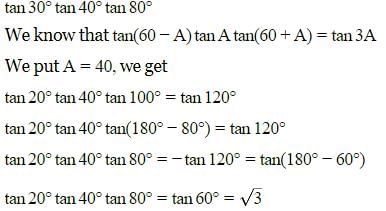
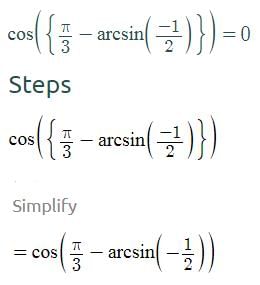
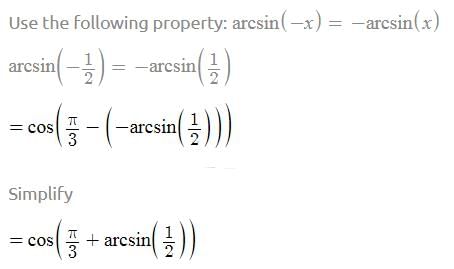
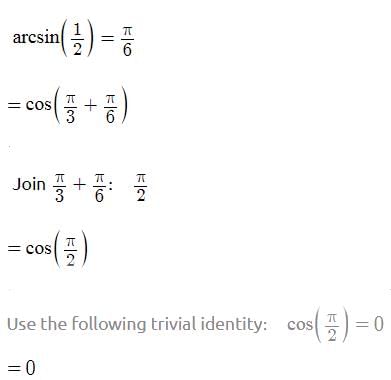

 is equal to
is equal to 